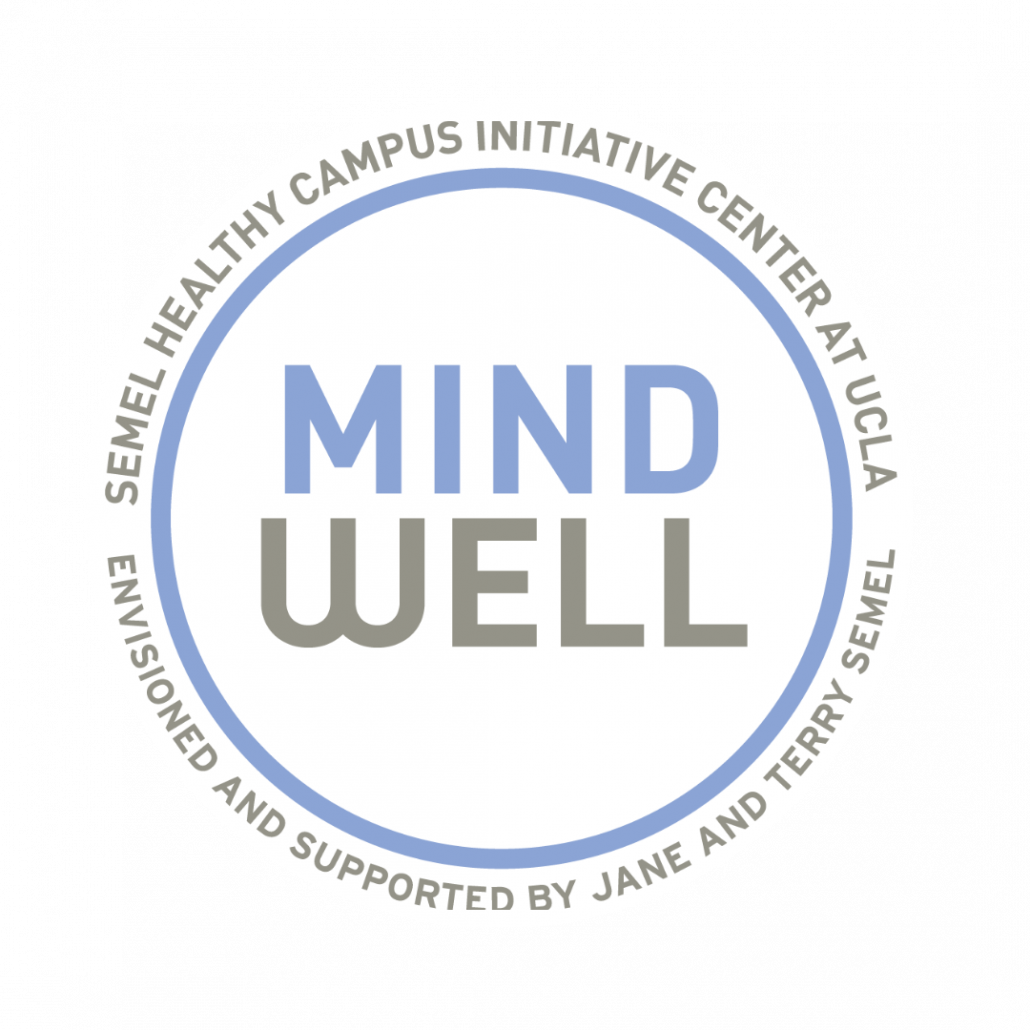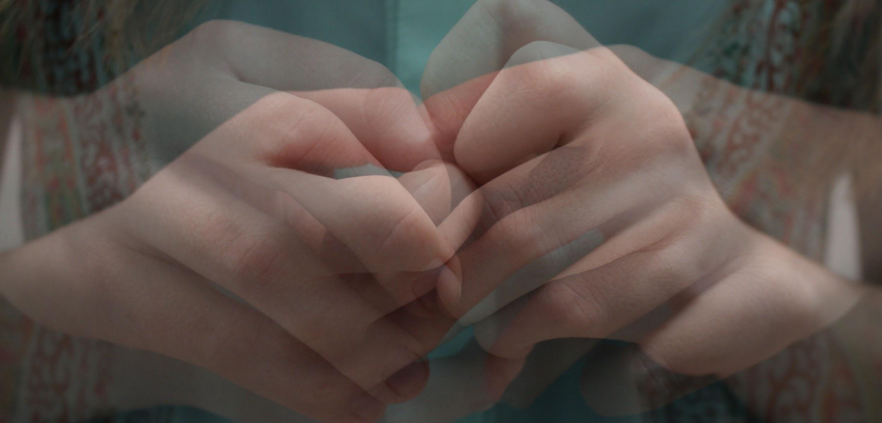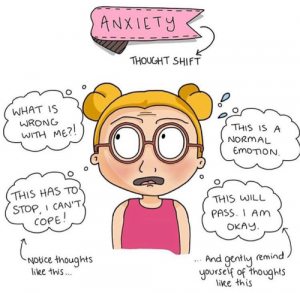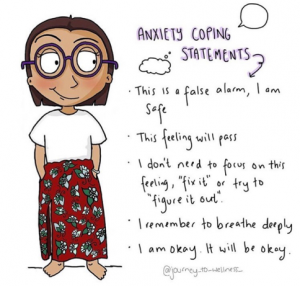Mental Health Literacy: Anxiety
1 in 3 college students report experiencing a diagnosable mental health disorder. However, it is estimated that 64.5% of these students are not seeking the help they need. The Mind Lexicon project was a study conducted by the Semel HCI MindWell pod to assess students’ knowledge of mental health terminology, since improved understanding can reduce stigma and encourage people to seek treatment. Surprisingly, only 27.7% of student responses were categorized as good understanding. The Mental Health Literacy blog series aims to continue the conversation around commonly misunderstood mental illness and mental health terms, ultimately to lessen stigma and empower readers to take care of their mental health.
Gaps in the knowledge
Among the seven mental illness terms on the Mind Lexicon survey, students’ knowledge scores for anxiety disorder ranked second to last. In fact, almost 50% of students demonstrated poor to no understanding of anxiety. Accordingly, students expressed a relatively high level of stigma; 11% of students’ descriptions of anxiety contained stigmatizing language. This is consistent with the overall findings of the study: a lack of knowledge is correlated with greater stigma.
These findings are surprising given the prevalence of anxiety. Anxiety is the most common mental illness in the country, with 1 in 5 U.S. adults experiencing an anxiety disorder in the past year.
Anxiety disorder is commonly confused with stress, fear, and worry. For example, students in the study thought that anxiety is when someone is “constantly worrying” or “unable to be at peace.” However, this is not the whole story.
We all have periods in our lives where we worry a lot. You might feel anxious when you experience family problems, job interviews, finals week, or even a long to-do list. This is completely normal – your brain is built to anticipate future threats and be averse to separation in close relationships. In fact, humans have been able to avoid danger and survive as a species thanks to this feature of the mind. Thinking that these normal feelings in response to a stressor constitute anxiety disorder, however, can lead to the belief that anxiety is not a real medical condition, which perpetuates stigma.
Some people also interpret anxiety as a sign of weakness. It can seem like the person is at fault for not being able to handle life’s difficulties. Several responses in the study trivialized anxiety in this way. One student described anxiety as “the inability to handle adversity or even the possibility of adversity in an adequate manner.” However, this notion also stigmatizes the illness and decreases the likelihood that people will seek help. Anxiety can affect anyone, and it doesn’t mean you’re weak.
So…what IS anxiety disorder?
If some amount of anxiety is normal, when does it cross the line and become a disorder?
1. Anxiety disorder is marked by excessive worry or obsessive thinking.
You are not only anxious in response to typical stressors – you also feel this way when there is no apparent threat, no obvious reason. You feel extremely worried about several areas of your life, and the anxious thoughts and feelings seem uncontrollable.
2. Anxiety is chronic.
It’s not a temporary feeling that passes after a stressful situation ends; you feel excessively worried more days than not for six months.
3. Anxiety interferes with daily activities.
When anxiety starts to impact your day-to-day functioning, it’s a sign that it has surpassed normal levels. The anxious thoughts and physical sensations interfere with your relationships and ability to perform in school or work.
4. Since the mind and body are deeply connected, anxiety is not just psychological – it is accompanied by at least three of these six telltale physical symptoms.
- Feeling on edge or restless; unable to relax
- Feeling weak or tired all the time
- Difficulty concentrating
- Irritability
- Unexplained muscle aches/pains
- Difficulty falling asleep or staying asleep
Other common physical manifestations include dizziness, heart palpitations, shortness of breath, and nausea.
To put the official definition in perspective, one student in the survey described anxiety as “worrying excessively about everyday things that do not worry most people and eventually impair[ing] function or cognition.” Another student wrote that anxiety is “my way of being in the world. Elevated heart-rates, lack of sleep, concern about what others think, over-analyzing, inability to pay attention because too many things are happening at once, racing thoughts.” These descriptions are characterized as good understanding because they capture both the chronic and debilitating nature of anxiety.
Anxiety is not one-size-fits-all
Though most people with anxiety experience these general symptoms, it’s important to remember that the disorder may affect each individual differently. There are also a few specific sub-types of anxiety disorder. One of these is panic disorder, in which the person experiences unexpected episodes of intense fear, sometimes for no particular reason. During these moments, they may feel a sense of losing control, a rapidly beating heart, and a sense of detachment from oneself, which can be very frightening. This quote from the National Institute of Mental Health encompasses what a panic attack could feel like:
“Without any warning or reason, a feeling of terrible anxiety came crashing down on me. I felt like I couldn’t get enough air, no matter how hard I breathed. My heart was pounding out of my chest, and I thought I might die. I was sweating and felt dizzy. I felt like I had no control over these feelings and like I was drowning and couldn’t think straight.”
As opposed to panic disorder, generalized anxiety disorder does not usually include panic attacks. Sometimes people don’t seek help because they aren’t experiencing panic attacks, but just because you are not experiencing panic attacks does not mean your anxiety disorder isn’t real.
Panic attacks are also common for people with agoraphobia. This is a type of anxiety where people avoid certain situations for fear of not being able to escape if they experience a panic attack there. They may avoid places like shopping malls or public transportation, or they may not be able to leave home at all.
Other forms of anxiety include separation anxiety, specific phobias (such as fear of insects, flying, or medical procedures), social anxiety, and selective mutism.
What can I do?
If any of these symptoms sound familiar, you can fill out this online screening questionnaire to help gauge if what you are experiencing is an anxiety disorder.
Depending on the severity of your symptoms, there are many self-help practices for anxiety management. They may not make anxiety magically disappear, but incorporating these practices into your routine can make a world of difference:
- Do your best to stay in the present moment. Anxious thoughts are often about the future, but the future hasn’t happened yet. Try to focus on what’s happening now. Practicing meditation can help train your mind to continually come back to the present moment.
- Challenge your thoughts. Anxious thoughts immediately bring you to the worst-case scenario, telling you that a situation is more dangerous than it really is or that you can’t handle it. Notice the thought you’re having – even write it down. Accept that the thought is there. Then have a conversation with it: Is it true? Is there evidence that it’s true? What is a different way I could think about the situation?
- Make time to relax. Give yourself permission to set aside your problems and responsibilities for a designated block of time. Listen to music, make art, read a book, practice yoga, meditate, practice progressive muscle relaxation, anything that gives your mind a break.
- Breathe. Remember to breathe deeply throughout the day. You can also practice breathing exercises such as the 4-7-8 breath: inhale and count to 4, hold the breath and count to 7, exhale and count to 8.
- Aim for daily movement. Even a short walk can produce mental health benefits.
- Eat whole foods and drink plenty of water. See this article for tips on managing anxiety with diet.
- Sleep – ideally at least 8 hours! The importance of sleep for mental health is greatly underestimated.
- Limit caffeine and alcohol. They can trigger physical symptoms of anxiety.
- Talk to friends or family about how you feel.
While the above practices build a strong foundation of mental wellness, many people with anxiety require additional treatment. In combination with your results from the screening questionnaire, talk to someone knowledgeable to decide if self-help is enough, or if you would benefit from one of these treatment options:
- Cognitive behavioral therapy (CBT). CBT involves working with a therapist to identify thoughts and behaviors that trigger or worsen anxiety. Then, you learn how to replace them with more helpful patterns. CBT also can include exposure therapy, where you learn how to confront activities that anxiety was previously holding you back from.
- Group therapy. CAPS offers a variety of treatment groups, including groups specifically for anxiety. These groups utilize a variety of techniques including CBT and acceptance-based therapy.
- Medication. Medications commonly used to treat anxiety include benzodiazepines, antidepressants, and beta-blockers. They can help relieve extreme worry and physical anxiety symptoms. Medications come with side effects and they affect individuals differently, so work with a doctor or psychiatrist to make the right choice for you.
In addition, be sure to take advantage of these mental wellness resources offered at UCLA:
- The RISE Center
- Free mindfulness meditations
- Peer counseling
Emily Short is a 4th year UCLA undergraduate majoring in Psychology and Economics. In addition to blogging for the MindWell Pod, she is a project coordinator for a research study in the Dieting, Stress, and Health Lab. You can also find her drinking tea, reading, and practicing yoga.






